Hi
I have been looking peach varieties information in internet. Looking describtions of peach varieties about peach taste, hardiness, when fruit ripens, where it is grown. Do you grow them, or have you ate any of them? When it ripens on your place? Generally information about those peach varieties. I found one place which sells peach trees and list peach varieties.
First update, i am now zone 6 because we had colder winter than 2008, but warmer summer.
I have collected information in internet about peach varieties, which are available in that place.
First i found this paper from internet. It is from Alabama, U.S.A. and is named " Performance of peach and nectarine in the gulf coast area of alabama". It has information about peach varieties. You need Adobe Acrobat reader to read it as it is in PDF format. Here is the link :
http://www.ag.auburn.edu/aaes/communications/bulletins/bull636peach.pdf
I also found this paper and it is named " Peach cultivar performance". It is survey from commercial peach growers. Here is the link :
http://www.ca.uky.edu/agc/pubs/ho/ho6/ho6.htm
Here is paper from Arkansas and it is named " Early Performance of Peach Cultivars in Southwest Arkansas." It has yild amount of peach varieties. Here is the link :
http://arkansasagnews.uark.edu/520-2.pdf
Here is paper which list yields peach tree varieties in greece. Here is the link :
http://www.cazv.cz/attachments/HS_112-117.pdf
Here is paper which list peach tree varieties yields. Here is the link :
http://www.cazv.cz/2003/2002/zahr1_02/Tsipouridis.pdf
I have found this list about brown rot resistance about varieties. Here is the link :
http://www.caf.wvu.edu/kearneysville/tables/brownrotsus.html
I have found following describtion about Spring crest peach variety :
"A larger peach, Spring Crest ripens in the first week of December and is a great way to open the season. If you're not a fan of peach fuzz, this is the one for you - beautiful colour and very little fuzz - a lovely peach to handle. "
First i thinked how it said great way to open the season in december, but i saw this came from New Zealand which is in southern hemisphere and have opposite seasons.
I have used english internet sites to get information, but also italy internet sites to get peach variety information. I have tried translate italy language to english with encyclopedia but without known language grammar, it is little hard. So i used Google translate to get the translate, which worked quite good altought i needed guess few words what they would mean in english.
Here is translations which i have so far got. I got information from many internet site, so they are not form same places.
Do you have have any information about those varieties? Yes i have seen english internet site describtion also, but have not writen them right now down (Many from U.S.A.). I can be back on that one too, but right now i have no time as writing this. I put - on last line of text that you see i have changed source. I think i might have been got little disorganized that different source thing, as i have feeling i got mixed 2 source at the beginning of that list (I meant 1 source might actually have been from 2 sources.).
Cardinal
Fruit of medium size, yellow skin covered extensively in red, juicy pulp, not outstanding. Plant that resists the cold. It ripens in late June. Yellow paste
Springcrest
Springcrest peach spread very quickly in our country, displacing nearly all of the very early maturing varieties. The fruits are large and attractive appearance.
RIPENING FRUITS
The fruits ripen from early June. -
LATIN NAME
Variety Prunus persica Springcrest
PLANT ORIGIN
Intersection of American origin, with tree characterized by high force and high productivity and constant.
FOOD USE
The fruit is attractive and has a small average size (average weight of 120 grams), spherical shape.
The skin is yellow background with extensive sovraccolorazione bright-red marbled
The flesh is yellow often tinged with red, very firm, slightly sour flavor.
Excellent for fresh consumption, but also intended to syrup or processed products.
CULTIVATION
Maturation is early and the harvest is done manually in the fourth week of June.
NOTES
The fruit has a high water content as well as pectin, sugars, minerals and vitamins including A and C.
Has tonic properties, refreshing, stimulating activity in the stomach, vermifuge, refreshing, purifying due to an 'action diuretic and mildly laxative especially when eaten dried.
Although the seed has a look similar to almond contains toxins and therefore should not be totally consumed. -
Species: Peach (Prunus Persica) - Fishing yellow paste
Clones available: 335 AINCAV
Features: Springcrest is a very good early cultivars, which has good vigor and productivity. The needs in cold medium.
Flowering time: I - II week of March (early).
Pollination: No.
Harvest: III week of June - I ° decade of July (- 17 Redhaven).
Fruit: Springcrest presents the fruits of medium size and small size (average weight 120 g) fully colored red. The pulp is yellow and often tinged with red apex, maturity and seed stands and soda.
Use of fruit: fresh consumption.
Shelf Life: Short.
Resistance to adversity: Survives well to handling and transport over long distances. Sometimes the presence of boxes.
Area dedicated to planting: Suitable to different environments.
Source: U.S.A. -
Springcrest I ° - II ° decade June
Peach in size medium. Oblate shape. Peel yellow over colored for 70-80% of red fuzz. Pulp yellow, texture medium high.
Origin: made in Georgia, USA.
Shaft :
vigorous and productive.
Fruit :
medium, spherical, intensely and extensively colored red. Yellow flesh, very firm, slightly sour flavor.
Aging :
24 days before "Redhaven.
Tree vigorous and productive. Fruit medium, spherical, intensely and extensively colored red. Yellow flesh, very firm, slightly sour flavor. Remains the most interesting of his era. June 15
Overall rating :
remains the most interesting of his era. -
Springcrest
Fruits average skin color is completely red. Juicy flesh, a little sour. It ripens in mid-June. -
Springtime
Tree vigorous and productive. Fruit small, greenish white. White pulp, adherent, rather fibrous, low texture, flavor medium. June 10 -
Baby Gold
Tree vigorous and very productive. Fruit is large, roundish, yellow flesh is firm, excellent flavor.
RIPENING FRUITS
The fruits ripen from mid-July. -
High plant vigor and high productivity. Result of large caliber. Pale yellow skin with an additional red for about half of the surface.
Fruit very large. Matures to September 15
Baby Gold 6
Fruits of exceptional, round shape, pulp excellent. Ripening late July.
Baby Gold 7
I ° - II ° decade in August
Big yellow peel over colored for 10% surface of red color. Orange-yellow flesh.
Baby Gold 9
III August - II decade September
Cling peach size large, light yellow skin over colored for about 20% of the surface. Chopped yellow orange.
Good productivity, shape, size and organoleptic characteristics, sensitive to cascola, excellent syrups. Ripening late August-early September.
Red Haven
Fruits of medium size-large, globular or oval, with deep red skin. Flesh yellow, firm, tasty and juicy, just adhering to the core when ripe.
RIPENING FRUITS
The fruits ripen from the third decade of July. -
Fruits of medium size, yellow skin with red blotches and streaks. The pulp is clearly tinged with red around the core, consistent, semispiccagnola. Plant is very resistant to cold. It ripens in late July. Yellow paste
Origin: American, obtained from S. Johnston nel Michigan. Johnston, Michigan.
Shaft :
vigorous and very productive, resistant to cold. -
Fruit :
medium large, round elliptical, widely covered in bright red, rather tomentosa. Light yellow flesh with red pigment, consistent, clear and of excellent flavor.
Agining :
July 15-25 North, 5-10 July to Center, 1-5 July to South (Italy)
Overall rating :
still valued for its fruit quality and hardiness of the plant. -
Tree vigorous and very productive, resistant to cold. Fruit medium large, round elliptical, widely covered in bright red, rather tomentosa. Light yellow flesh with red pigment, consistent, clear and of excellent flavor. Still valued for its fruit quality and hardiness of the plant. July 10 -
Red Haven
The fruit is large, yellow, with overlying red. Pulp fragrant and sweet. Ripening mid-July.
Glohaven
Fruited uniform, deep yellow suffused with red.
Flesh is firm, light yellow.
RIPENING FRUITS
The fruits ripen from late August. -
It ripens in early August. Yellow paste
Original: old varieties obtained from S. Johnston Michigan, USA
Shaft :
vigorous and productive; sensitive to minimum temperature in winter.
Fruit :
large, spherical, bright red on a yellow greenish. Yellow flesh, fairly firm, good flavor, stands out.
Aging :
10 days after "Redhaven".
Overall rating :
regardless of the color of the skin a little 'clearer than today's standards is still an interesting variety for the size and quality of fruit. -
Tree vigorous and productive fruit is large, spherical, bright red on a yellow greenish. Yellow flesh, fairly firm, good flavor, stands out. Despite the color of the skin a little 'clearer than today's standards is still an interesting variety for the size and quality of fruit. July 20 -
Glohaven
Excellent productivity, fruit very large and colorful. Ripening late July.
Fayette
Fruit large, spherical, well-colored red on yellow, firm flesh, bright yellow, pleasant, excellent resistance to handling.
RIPENING FRUITS
The fruits ripen from late August. -
Species: Peach (Prunus persica) - Fishing with yellow flesh.
Features: Fayette is a cultivar of high vigor, open doors, with high productivity and constant.
Flowering time: second week of March (medium early).
Pollination: No.
Harvest: second week of August (+ 30 Redhaven).
Fruit: Fayette has large fruit (average weight 200 g), skin yellow with an additional faded red for 50 - 70% of the surface. The pulp is yellow, has a high consistency and is outstanding.
Use of fruit: fresh consumption.
Shelf Life: Short.
Resistance to adversity: Low. Resists well to handling and transport.
Area dedicated to planting: plains, hills.
Source: U.S.A. (obtained Weinberger - California from a cross' Fay Elberta 'x' FV 89-14). -
The plant is of medium development, produces fruit of good size, with the skin yellow with red spots. The flesh is yellow and pleasantly scented, very firm and adapted to handling. It ripens in late August. -
Fruit large, spherical, red on yellow with deep yellow flesh is firm, to taste pleasant. Excellent resistance to handling. Second week of August. Yellow paste
Source :
Clone 3504IN CAV VIRUS-FREE
Source: California, obtained several years ago by J. Weinberger. Weinberger.
Shaft :
of robust medium-high, exceptionally productive.
Fruit :
Big, round, moderately tomentose, light red matt on 50% of the surface. Light yellow flesh, high consistency, outstanding, quality medium-high.
Aging :
28 days after "Redhaven" clone virus-free, 32 days later, the standard material.
Overall rating :
is still one of the most valuable variety of his era, high and constant productivity and high fruit size despite a bit immoderate 'color. Virus-free plants ripen earlier. -
Of robust medium-high, exceptionally productive. Fruit large, round, moderately tomentose, light red opaque. Light yellow flesh, high consistency, outstanding, quality medium-high. It 'still one of the most valuable variety of his era, high and constant productivity and high fruit size despite a bit immoderate' color. August 10 -
Fruit large, spherical, golden yellow, spotted with red. Perfumed flesh of excellent quality. Excellent resistance to manipulation, stands out. Maturation second decade of August.
Cresthaven
It ripens in early August. Yellow paste
Source :
Clone CAV
VIRUS FREE
Origin: American, obtained in South Haven, Michigan.
Shaft :
vigorous and generally productive.
Fruit :
Big, round, widely fuzzy or streaked with red on a yellow background, not much tomentosa. Yellow flesh, medium large, excellent flavor.
Aging:
30 days after "Redhaven".
Overall rating :
The size and excellent taste; recently presented deficiency in color and texture, as well as productivity inconsistent, however, defects are no longer present in plants originated from virus-free material. -
Tree vigorous and generally productive. Fruit large, round, widely fuzzy or streaked with red on a yellow background, not much tomentosa. Yellow flesh, medium large, excellent flavor. The size is good but the taste sometimes erratic productivity August 10
Dixired
Fruits of medium size, yellow, more or less stained with red. The flesh is streaked with red near the skin. Plant sensitive to cold. It ripens in July. Yellow paste
Orginal: American.
Shaft :
of medium vigor not always productive.
Fruit :
medium-large, oval, bright red marbled, yellow flesh, firm, good flavor
Aging :
10 days before "Redhaven".
Overall rating :
variety of limited interest to certain areas of the city center. -
Of medium vigor not always productive. Fruit medium - large, oval, bright red marbled, yellow flesh, firm, good flavor. Variety of limited interest to certain areas of the Center. June 30
Sorry got little hurry of writing this, so this might not looking so good.
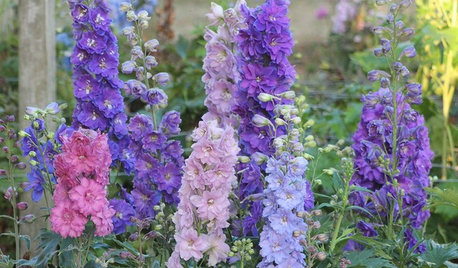
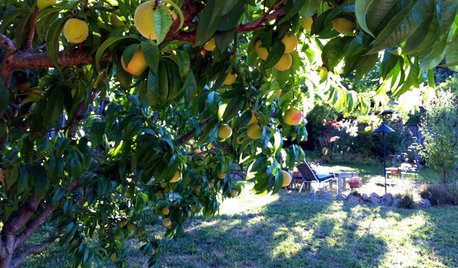
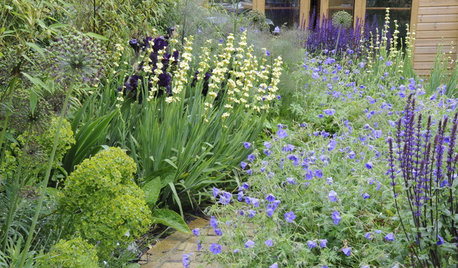
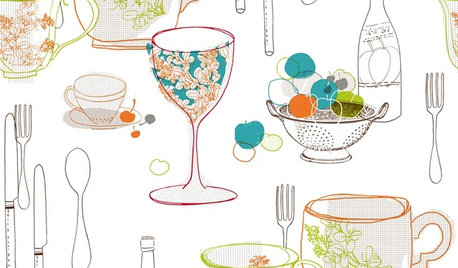
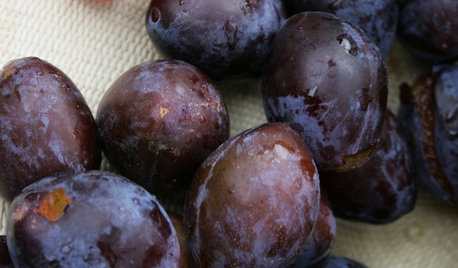
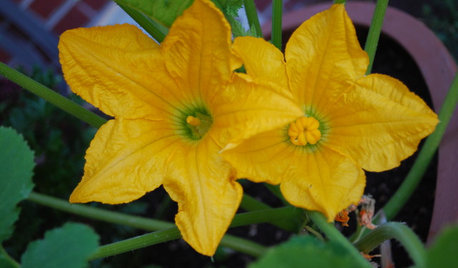
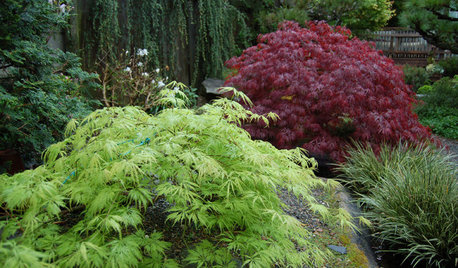
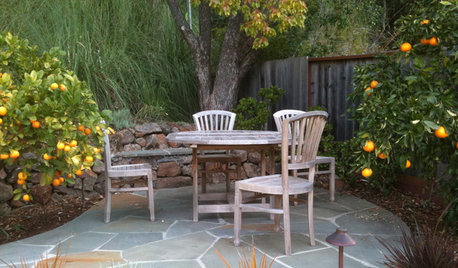
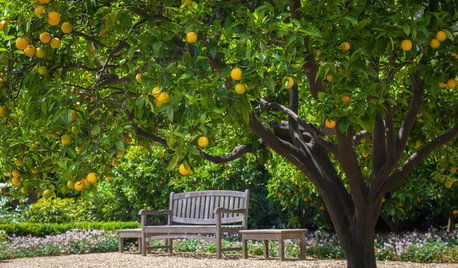
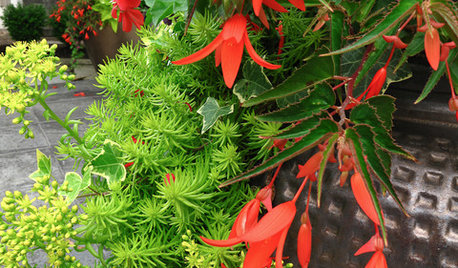



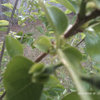

dennis1983Original Author